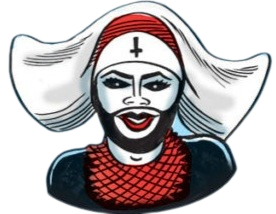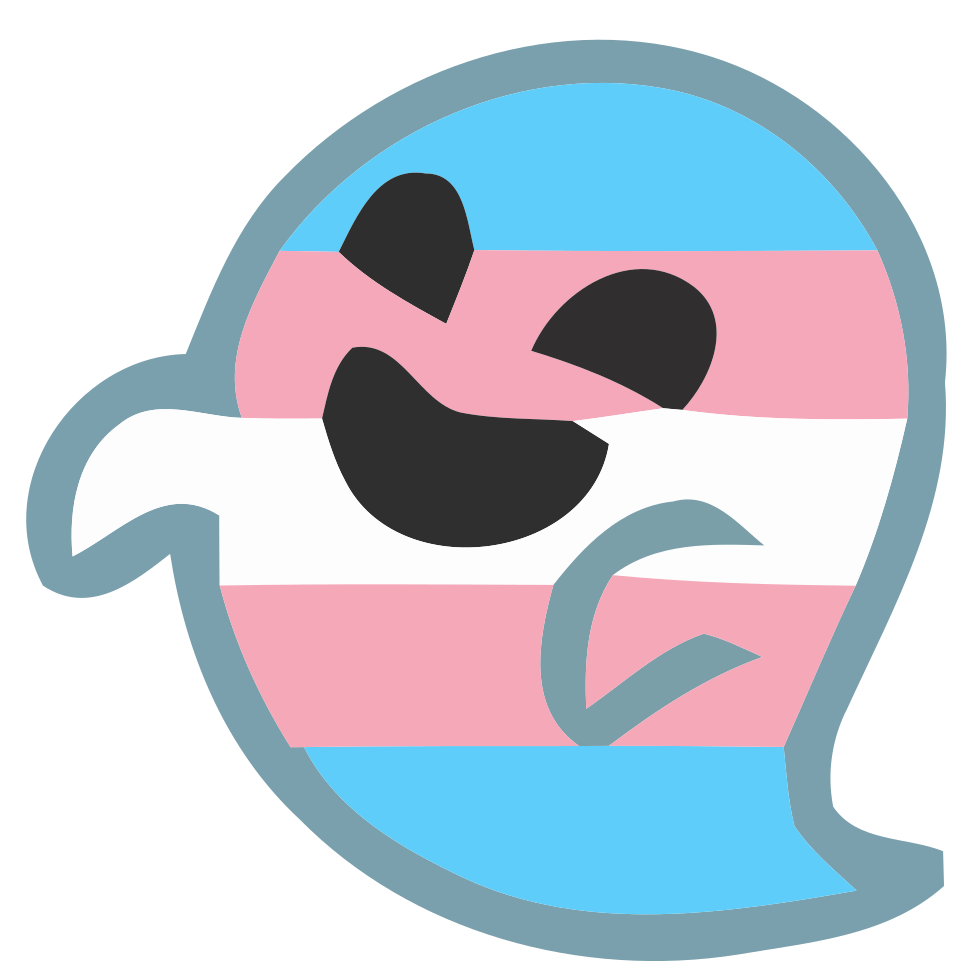In contrast to the gender binary, Bugis society recognizes five genders: makkunrai, oroané, bissu, calabai, and calalai.The concept of five genders has been a key part of their culture for at least six centuries, according to anthropologist Sharyn Graham Davies, citing similar traditions in Thailand, Malaysia, India and Bangladesh.
Oroané are loosely comparable to cisgender men, makkunrai to cisgender women, calalai to transgender men, and calabai to transgender women,[ while bissu are loosely comparable to androgynous or intersex people and are revered shamans or community priests. The classification of the calabai, calalai, and bissu as third genders is disputed. These roles can also be seen as fundamental occupational and spiritual callings, which are not as directly involved in designations such as male and female.
In daily social life, the bissu, the calabai, and the calalai may enter the dwelling places and the villages of both men and women


